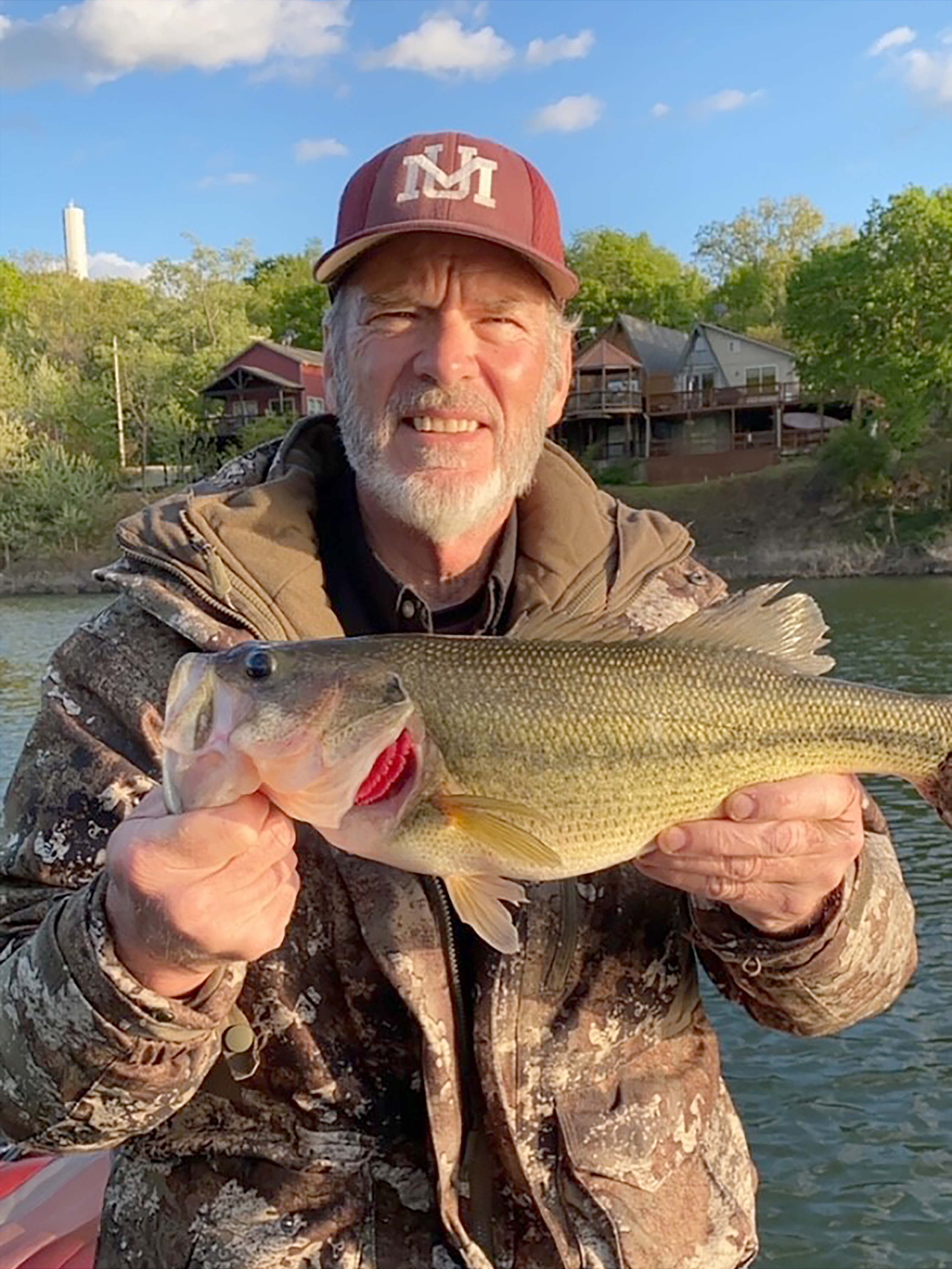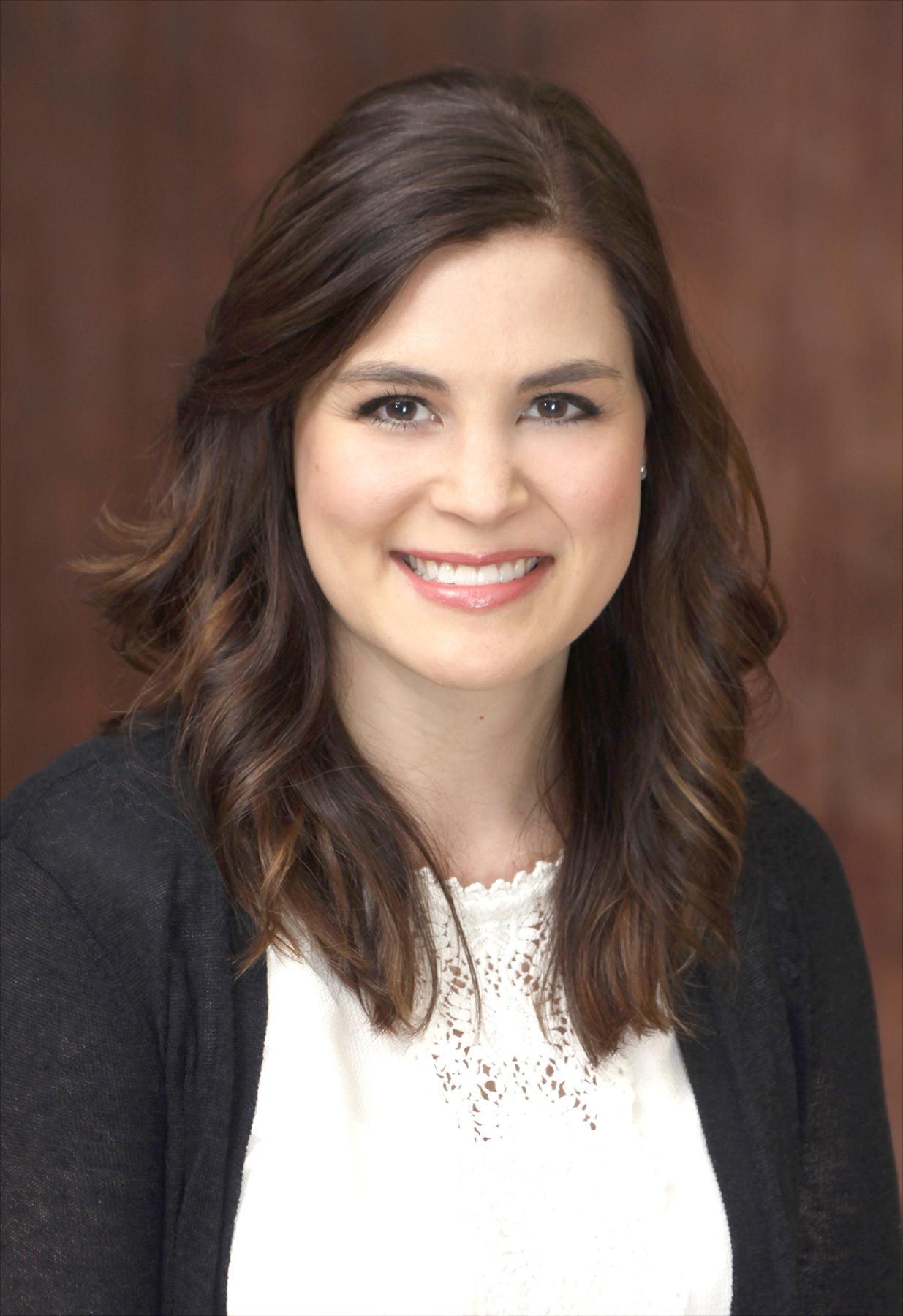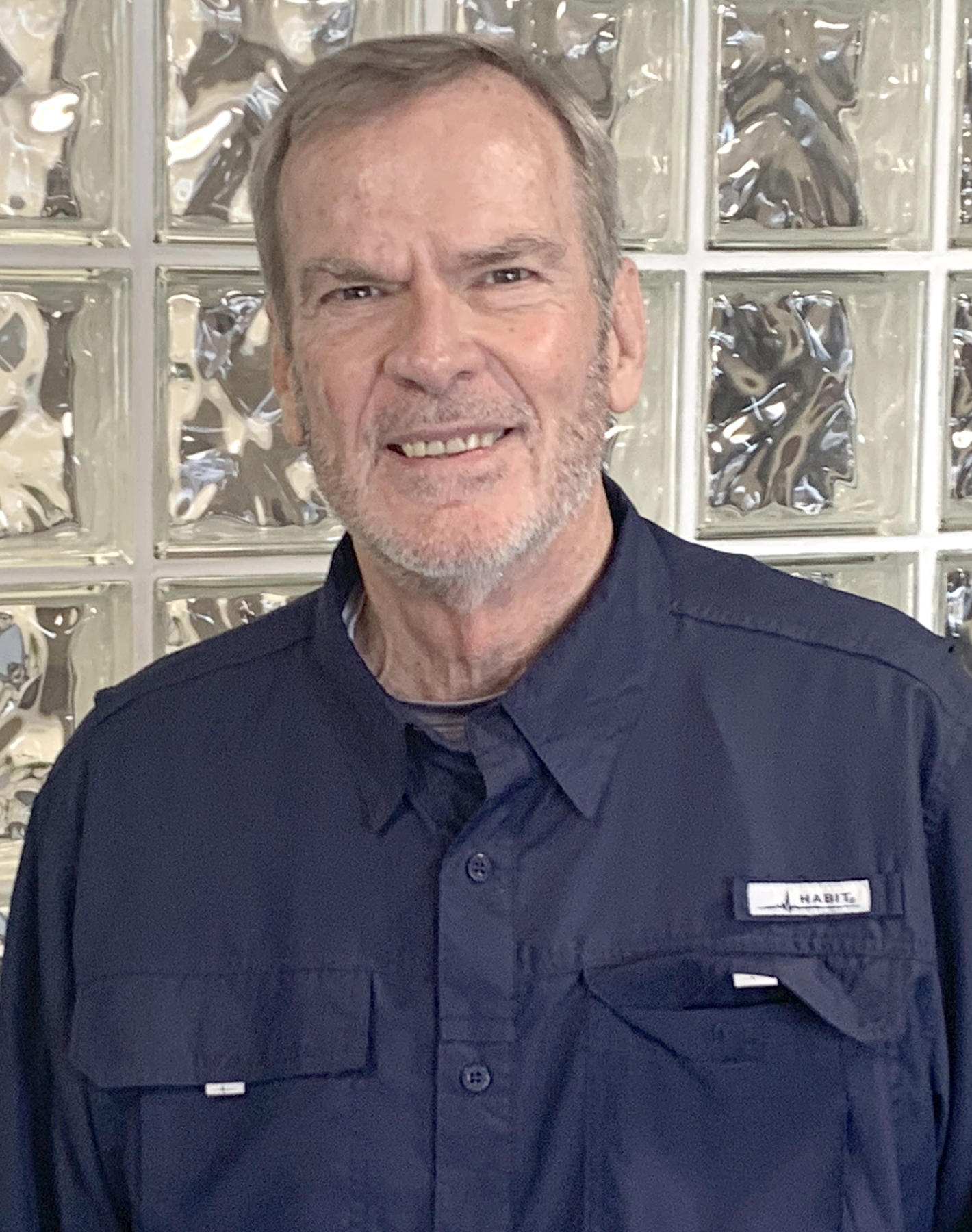
Gary Abbott’s first encounter with skin cancer was in 2004, during one of his biannual fishing trips with his father.
“We were sitting in the boat, changing lures on our fishing poles when my dad said, ‘You have some dirt on your neck,’” Gary recalled. “He tried to rub it off, and it wouldn’t come off. He said, ‘That’s not dirt, Gary. That’s something going on with your skin. You need to see a doctor.’”
It was melanoma. While less common than some other types of skin cancers, melanoma is more dangerous because it’s more likely to spread if not found and treated early.
Over the next 20 years, Gary had many more skin cancers – melanoma and other types – in addition to precancerous areas treated on his body.
What has kept Gary’s spirits up? Blessing Health double board-certified, fellowship-trained dermatologist and Mohs micrographic skin cancer surgeon, Elise Scoggin, D.O., and her team.
“Every time I go in there, if she does find something, I am confident that she will take care of it,” the 70-year-old Quincy resident said.
“The entire staff is wonderful. They make me feel like I am someone special.”
Gary met Dr. Scoggin and her team in 2022 after his wife noticed a spot on Gary’s back. The doctor treated it with Mohs micrographic surgery.
How Mohs works
Mohs is a specialized surgery for the removal of certain types of skin cancers primarily on the face, head, neck or other cosmetically sensitive areas of the body. Mohs is also used for aggressive skin cancers. It has the highest cure rate of any skin cancer treatment and allows for complete evaluation of the skin cancer margins, a way to help show whether or not all of the tumor was removed.
Dr. Scoggin specializes in Mohs micrographic skin cancer surgery. She and her team completed their 500th surgery in late 2023. The procedure is performed in her office, and the patient receives local anesthetic to numb the surgical area. Once the area is numb, the cancerous tissue is removed, processed in the on-site lab by specialized technicians and then examined under the microscope by Dr. Scoggin. If cancer cells are still present, the surgery continues and tissue retested until the tumor has been removed completely. Most cases are complete within three to four hours; however, some can take eight hours or more.
“I have friends in other parts of the country who have had skin cancers removed but not using the Mohs procedure,” Gary said. “They get a call a week later saying ‘We didn’t get all of your cancer, and we need you to come back in.’ With the Mohs procedure, you get it all done in one day. When Dr. Scoggin is done, you are confident all the cancer has been removed. You have that peace of mind that everything has been taken care of.” Mohs surgery has up to a 99% cure rate, meaning less than 1% of these skin cancers come back.
Doctors team up to treat Gary
Since 2022, Dr. Scoggin has removed four areas of skin cancer on Gary’s body with the Mohs procedure. The largest was next to his nose. Removing all the tumor required the skin, tissue that lines the nasal cavity and cartilage of Gary’s right nostril to be removed. That accounted for about a quarter of his entire nose.
Immediately after his Mohs surgery, Dr. Scoggin referred Gary to fellow Blessing Health provider, board-certified otolaryngologist (ear, nose and throat specialist) Mark Mount, M.D., to reconstruct Gary’s right nostril.
The surgery required cartilage from Gary’s left ear and a flap of skin from his forehead containing an artery to supply blood to the area for good healing.
Most people meeting Gary now would not be able to tell anything was different about his nose.
“Dr. Mount told me, ‘I can fix that.’ And he did. Dr. Mount did a fantastic job,” Gary said.
At the direction of Dr. Scoggin, Gary does a monthly self-exam of his skin and sees the doctor every three months, unless he finds something suspicious, then he calls Dr. Scoggin’s dermatology office right away.
“I trust her completely,” Gary said of Dr. Scoggin. “She is knowledgeable and explains everything thoroughly, including options, in a way that is very clear. Dr. Scoggin is personable and easy to talk to. She makes you feel comfortable.”
Why Gary?
What has caused Gary’s 20-year battle with skin cancer? 
“The sun,” he said. “I was a little kid outside playing every day without a shirt. I worked road construction for three years without a shirt every day. Twenty-five years of fishing without a shirt. It is just abuse of the body.”
“Now, no matter what I do – if I go outside to rake leaves in the fall – if the sun is out, I wear sunscreen. Dr. Scoggin said so.”
For more information on dermatology services at Blessing Health, go to blessinghealth.org/dermatology
